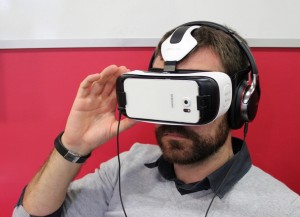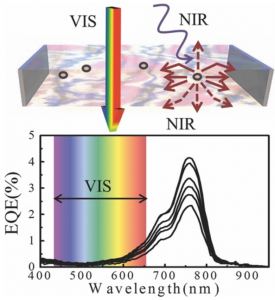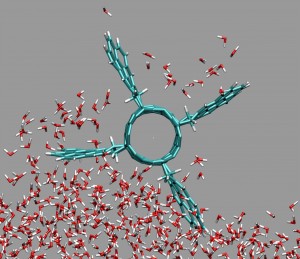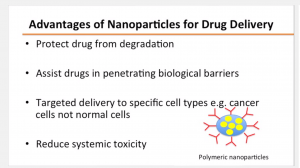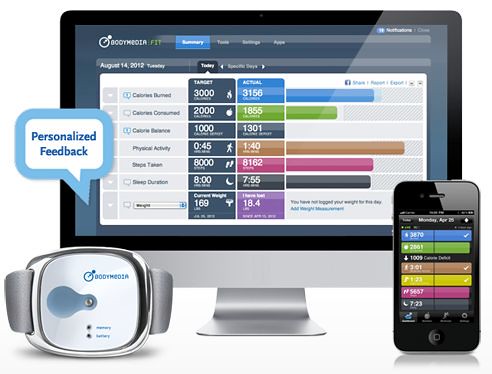Have you ever wanted to explore the expanse of our solar system, possibly leaping from rock to rock upon the rings of Saturn. Or maybe see different cities, experiencing something breathtaking such as flying or skydiving. Well these can all be made possible pretty soon as virtual reality is expected to be shared with people all across the world.
What is Virtual Reality?
Virtual reality is really just a matter of perspective and presence in which our senses are manipulated so that we feel a ‘near-reality’ state. Normally, computer technology is used to manipulate our senses such as headsets that cover our eyes and ears in order to deliver us a different sensory information.
The most prominent virtual reality headset is probably the Oculus Rift which was bought by Facebook, primarily designed to be used for gaming but doctors are seeing that virtual reality can have an impact in healthcare.
Recreational Uses of Virtual Reality
There is most likely nothing as exciting as being in another world and being able to freely interact with it. The tech industry is vastly making this possible with the introduction of different platforms to utilize virtual reality for different needs. With an estimated $5.1 billion in revenue expected to be generated for the virtual video game industry, it’s no mystery on why companies are devoting many resources to developing this tech.
As mentioned, Facebook is developing Oculus Rift primarily purpose is gaming. There are other products such as Microsoft’s HoloLens intended for one to interact with holograms, Samsung’s Gear VR which is compatible with any Galaxy smartphones to communicate your view to one another (such as broadcasting a birth to a dad), and even Google is chipping in with a super affordable Google Cardboard.
Using Virtual Reality for Healthcare
Virtual reality can also be used for hospitals in many practices such as surgical training, managing pain for burn victims, improving the quality of life for children by letting them participate in activities like a roller coaster ride, or even therapy for psychological cases such as post traumatic stress disorder and depression. The possibilities to utilize virtual reality in healthcare is as limitless as the worlds this technology can produce.

Of course, with everything there also is controversy. Many argue that introducing virtual reality will lead to social isolation as people wouldn’t have a reason to leave their homes. I believe that this will instead become just a new form of social interaction like the different mediums of social media we have, and the technological benefits far outweigh the harms.
Henry Liu


